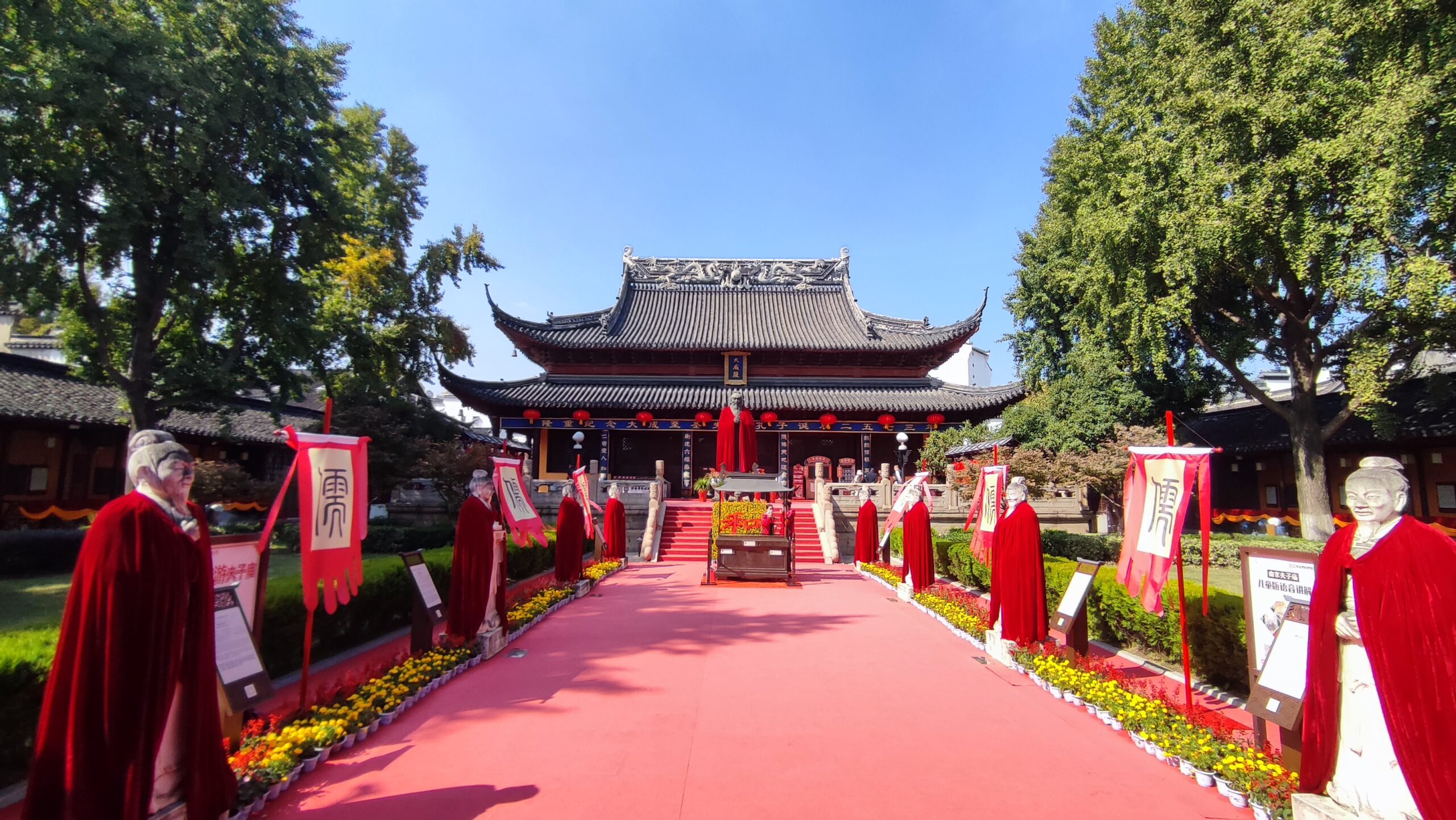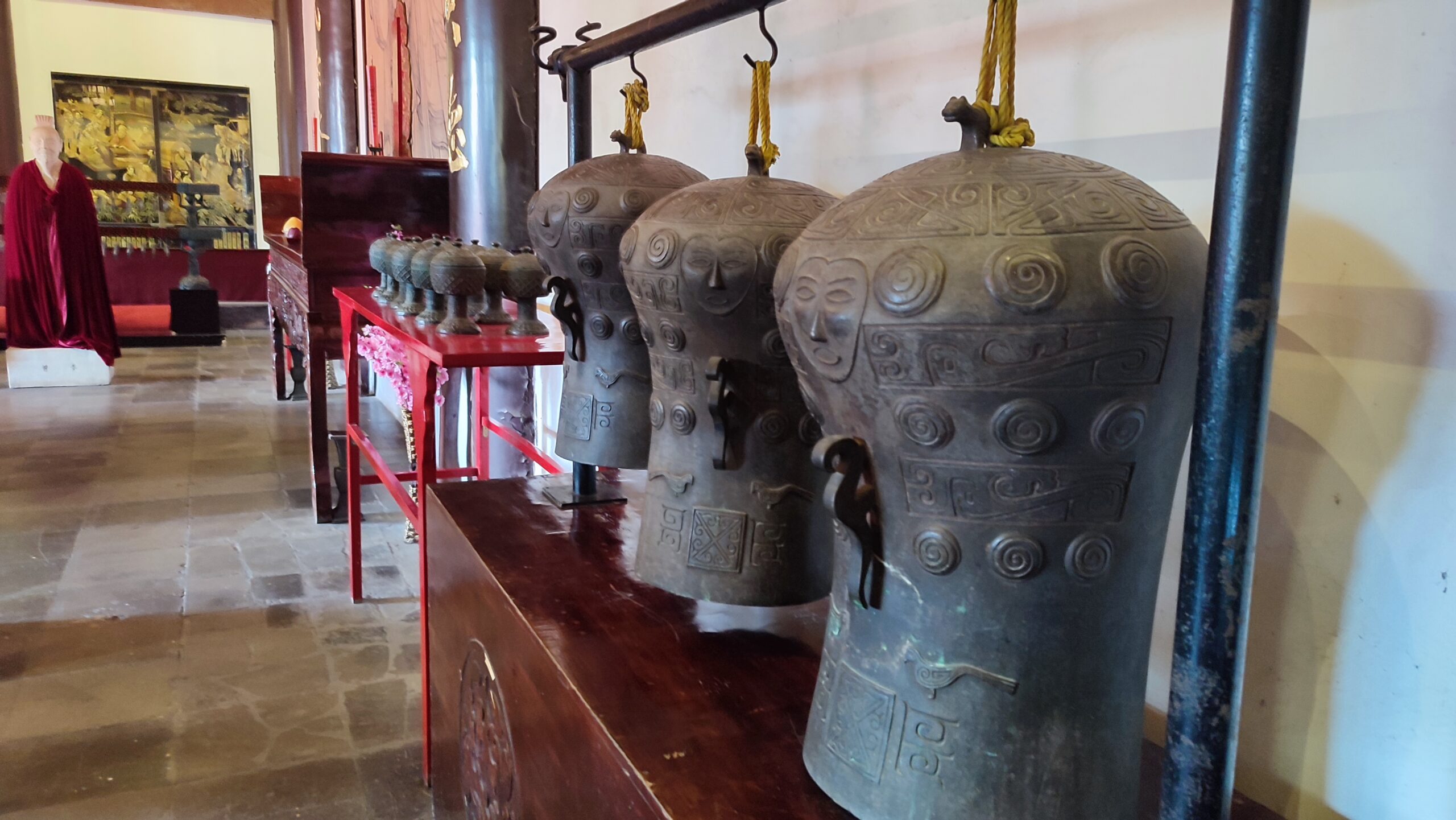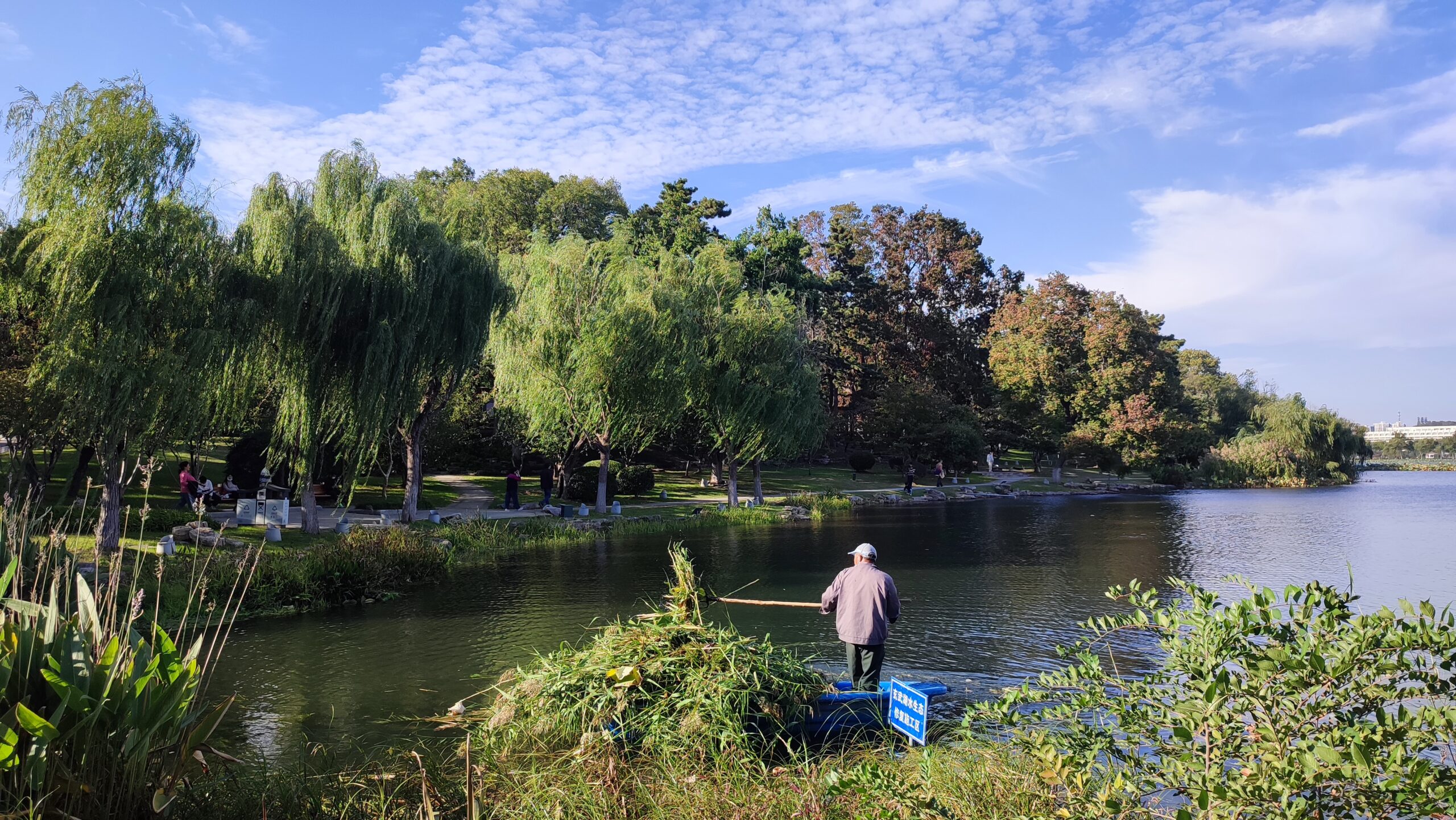Sound of China
Luis López, Josep Cerda, Linlin Wang
with the collaboration of the Shanghai Art and Design Academy and University of Barcelona
Año: 2022
Lugar: China
Materiales: Tascam DR40, Zoom F8, Oktava MK12, Zoom H2N
Formato: Sound Map
[ENG]——
Sound of China is a soundscape project carried out by Luis López Casero within the agreement between the University of Barcelona and the Shanghai Art and Design Academy. The project aims to value the intangible sound heritage of China and the realization of an interactive sound map on the network. Sounds of China includes two soundscape recording projects: Sounds of the Silk Road, led by Josep Cerda and Linlin Wang, and Sounds of Nanjing, led by Luis López.
The importance of sound heritage lies in the relationship that sounds have with the culture of a community. Sounds are intimately related to the anthropological practices that produce them and therefore contextualize habits and activity in a specific environment. In addition, sounds are an important point to take into account in the field of biology, since they provide reliable information about the relationships between species in an ecosystem. Sound qualities and sound intensity level allow detailed analysis of changes in the environment over time.
The soundscape is a potential tool to study the influence of sound on the health of people and other species and, at the same time, an important element to understand the cultural memory of a place such as the city of Nanjing. . In short, Sounds of China uses the study of the soundscape to value the biological, cultural and cognitive biodiversity of this country.
[ES]——
Sound of China es un proyecto de paisaje sonoro llevado a cabo por Luis López Casero dentro del convenio entre la Universidad de Barcelona y la Shanghai Art and Design Academy. El proyecto tiene como objetivo valorar el patrimonio sonoro intangible de China y la realización de un mapa sonoro interactivo en red. Sonidos de China incluye dos proyectos de grabación de paisaje sonoro : Sonidos de la Ruta de la Seda, liderado por Josep Cerda y Linlin Wang, y Sonidos de Nanjing, liderado por Luis López.
La importancia del patrimonio sonoro radica en la relación que tienen los sonidos con la cultura de una comunidad. Los sonidos están íntimamente relacionados con las prácticas antropológicas que los producen y, por lo tanto, contextualizan los hábitos y la actividad en un entorno específico. Además, los sonidos son un punto importante a tener en cuenta en el campo de la biología, ya que aportan información fiable sobre las relaciones entre especies en un ecosistema. Las cualidades del sonido y el nivel de intensidad del sonido permiten un análisis detallado de los cambios en el entorno a lo largo del tiempo.
El paisaje sonoro es una herramienta potencial para estudiar la influencia del sonido en la salud de las personas y otras especies y, al mismo tiempo, un elemento importante para comprender la memoria cultural de un sitio como, por ejemplo, la ciudad de Nankín. En definitiva, Sonidos de China emplea el estudio del paisaje sonoro para poner en valor la biodiversidad biológica, cultural y cognitiva de este país.
Sound of Nanjing







































